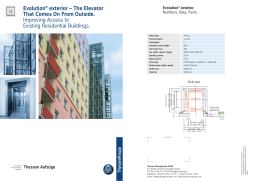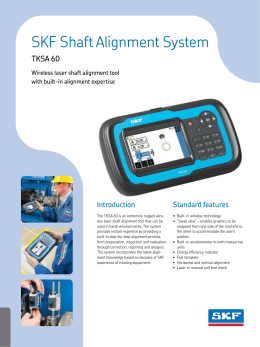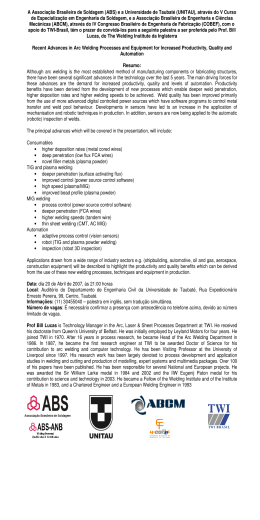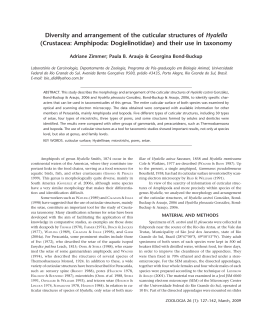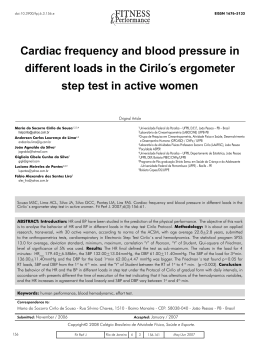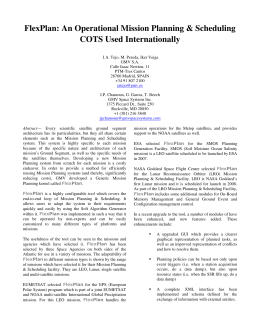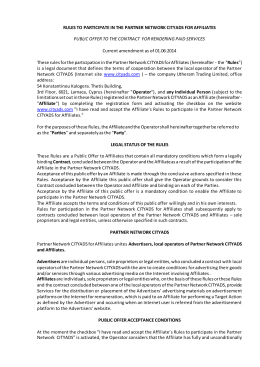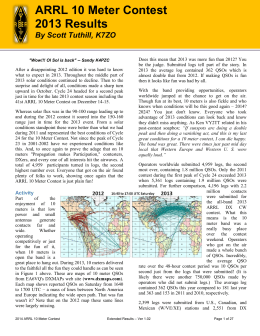Safety by design Redesigned vertical shaft on the EC225 All EC225 operators have resumed flights worldwide. Meanwhile, progress toward a permanent solution has continued: • Unprecedented engineering efforts • Collaboration with regulators, customers & external experts • Solution designed and built with safety at its core A Redesigned Shaft: Starting soon, redesigned vertical gear shafts will be installed on all EC225 helicopters. Previous Design New Design Extensive test campaign on new shaft - Eliminates ‘mud’ retention area - Improved surface finish - Eliminates small radius “hot spot": stress concentration factor deleted In order to confirm the robustness of the new shaft and to gain certification by EASA, the European aviation regulator, three kinds of tests were performed using more than 15 shafts. 1: Fatigue tests in order to demonstrate the safety margins of the shaft and substantiating 20.000 fh Service Life Limit. - Increased thickness: reduces stress by ~ 2,7 The new design addresses all factors that, in combination, caused the vertical shaft rupture: - Welding hole with improved manufacturing process and new plug Factor 1: Active corrosion definitively removed thanks to: Smoother shape inside shaft to prevent retention areas Improved lubrication by: - Permanent flushing of the welding area by new oil jets - Doubling oil volume injected inside shaft with two additional lubrication holes thus limiting splines wear - 4 lubrication holes: doubling splines’ lubrication - Increased thickness to reduce stress level 2: Tests in the real main gear box (MGB) with more than 200 hours of tests performed on the power bench reflecting the most stringent flight profiles. 3: Flight tests in order to check the integrity of the shaft under flight conditions, testing the total flight envelope. Factor 2: Residual stress compensated thanks to: - Reinforced design in welding area: can withstand 3x more stress Factor 3: Stress concentrating factors (hot spots) gone thanks to: - Improved shaft’s internal geometry to remove angles and hot spots 1 - Test bench for fatigue tests. What about the current protective measures? The design of the new shaft followed one principal purpose – to remove any and all cause for a vertical shaft rupture. Current maintenance constraints (shaft cleaning, US NDI, and MOD45 onboard monitoring) are no longer required. The MOD45 continues to be monitored on the ground by the HUMS ground station, as is done with all dynamic components of the helicopter. Monitoring data at the HUMS ground station www.EC225news.com 2 - Tests on power bench. 3 - Flight tests How do you technically proceed with the exchange? The entire EC225 fleet will be retrofitted during the upcoming months. The procedure will be: • MGB removal by the operator • Vertical shaft replacement inside the MGB main module by depot-level qualified Airbus Helicopters specialists • MGB reinstallation on aircraft by the operator • MGB full test: On test bench by Airbus Helicopters specialists or through ground run by the operator In-flight tests by the operator • Aircraft released to service by the operator
Download
